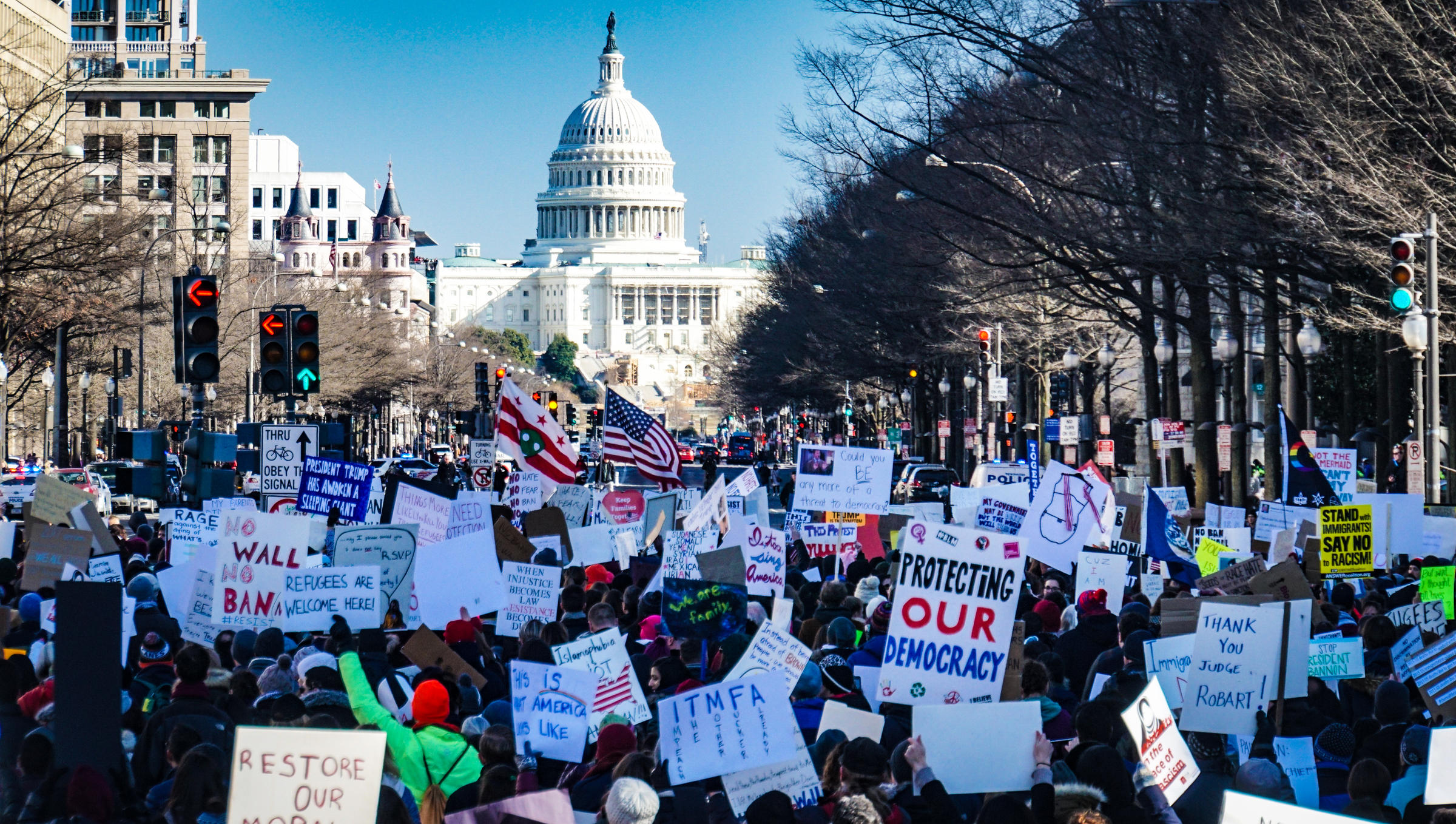
The art of a good excuse
Hugo de Jonge, Waylon and Sigrid Kaag; all three apologized publicly, and there was quite a fuss about it three times. During the day C-day 2022 from Logeion Issuemakers took part in a workshop by Associate Professor Daniel Janssen from Utrecht University, who conducts research into making excuses; quite an art. Apologizing is in; In recent years, public apologies appear to have become longer and more frequent.
Apologizing is the only speech act we are actively taught as children. Somewhere between our second and third year - when you start to understand language somewhat - you are taught and forced to say sorry, without being able to estimate why. What you do feel at that moment is shame or guilt, a form of self-humiliation that remains linked to making excuses. And that makes sense – it's a form of losing face, you're going through the motions.
It is also a speech act that does everything on an emotional level, for both the giver and the receiver. When done right it can be of enormous value, forgiveness or reconciliation can take place. Functional, but our audience showed that there was a considerable discrepancy between how we assess our own excuse behavior and that of others. The majority indicated that they often said sorry, but also indicated that they knew many people who would still owe them an “sorry”.
We also talked about apologies within organizations. For example, there is often fear of liability after an apology; but these legally driven hesitations often turn out to be unjustified. Uproar after an apology usually arises when an apology is distrusted, reported just to get rid of it or the wrong angle is chosen; the apology then turns out to be insufficient and not - or not enough - sincere. It is often also stated that it is important to respond empathetically. But research shows that an overly empathetic response is not received better. The assumption: if you are that empathetic, you could also have understood that the action itself was really wrong.
In short, making a good excuse is an art! It is important to make strategic considerations to make excuses sound good and to avoid commotion. Current dilemmas are the government's dilemmas about whether or not to apologize for the history of slavery. In any case, the following considerations are important when making a strategic choice:
- Why are you apologizing? (see: Aaron Lazare, On Apology, on the different functions of an apology)
- What excuses are you making exactly? Dissect the different parts, their functions and impact
- When? Not too early and not too late. When making a public apology, also take current events into account to ensure that the chosen moment is appropriate
- By who? In the case of sexual misconduct, for example, is it the perpetrator, the organization, a spokesperson or the CEO who makes excuses?
- To whom exactly? In the case of a public apology, it is important to state this specifically.
- Which medium? Do you choose social media, and if so which one and why? Or do you opt for your own content channel, via a journalist, verbally or in writing? Weigh the pros and cons.
- Which setting? Especially with TV, images are very decisive for whether or not the message is conveyed well.
Is your organization thinking about making an apology? We are happy to give advice.
Written by Marit Holman, Senior communications advisor at Issuemakers.
Published on July 4, 2022




